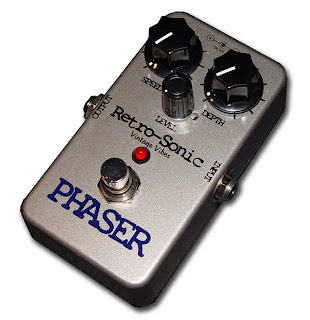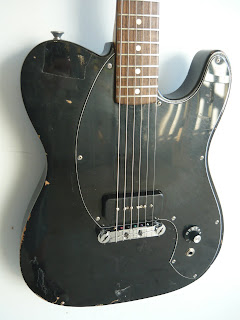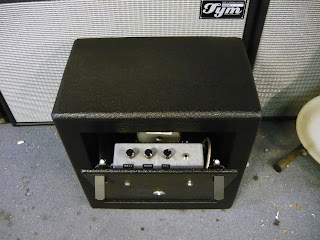
The Memory Lane 2 is not a 'hybrid delay' or 'analog voiced' delay. Featuring NOS (new-old-stock) MN3005 BBD (bucket brigade delay) chips running at 15V the Memory Lane offers high headroom and superior sound quality with a 100% analog signal path.
The Memory Lane 2 expands on the innovations of the original Memory Lane offering several new features requested by players and a new twist that further bridges the feature gap between analog and digital delays while retaining the warmth and unique sound of bucket brigade delay devices.
With this newly revised version of our highly acclaimed analog delay pedal players now have the ability to control delay time via an expression pedal input, footswitch between two independent delay times: one set via the Delay knob, the other set using the tap tempo footswitch function. In addition, we've added a dotted 8th note setting for producing 'U2 style' rhythmic delays.
Slapback mode- We've also added a 'slapback' switch to the back of the pedal which allows DLY1 to be set to a single repeat while DLY2 can have as many as you like further enhancing the useability of the pedal.
Spaceship mode- many players loved the way the original Memory Lane could easily be coaxed into self oscillation, but for some players it was a little too easy. We've reduced the sensitivity of the default mode for higher feedback (more repeats) before self oscillation but for the players who are into those jet-fuled, screaming self oscillation sounds, there's an internal switch to enable 'Spaceship mode". In this mode the Feedback path is even more sensitive than the original Memory Lane- fun, fun, fun!
Feature List:- 550 ms approx analog delay time using
2 NOS MN3005’s running at 15V
- expression pedal input to control analog delay time
- tap tempo footswitch control of analog delay time, with dotted 8th note setting for rhythmic delays
- footswitch between 2 completely independent delay times: one set using tap tempo, one set using Delay knob
- vibrato modulation depth and speed controls
- tilt EQ in delay / feedback path provides subtle control
over frequency spectrum of repeats (from increasingly
dark repeats to flat to increasingly bright repeats)
- 'kill-dry' delay only output for amplifiers with
parallel effect loops
- inserting cable into delay only output jack automatically
removes delay signal from mix output giving separate
direct only and delay only outputs
- true bypass operation for mix/direct output
- pristine signal paths using premium opamps,
polypropylene caps and metal film resistors
- expression pedal input to control feedback level
- ability to use standard 1/4" stereo to two 1/4"
mono insert cable in expression pedal input to insert
an effect or chain of effects into the feedback loop
(can also be used to insert a standard volume pedal
as feedback control)
- LED flashes for visual feedback of delay time
- self-oscillating feedback path with ability to shape
via feedback EQ in realtime
- analog voltage supply internally regulated to 15V for
low noise operation and increased headroom in line level
effect loops
- rugged genuine Hammond aluminum diecast enclosure
- DC adapter included

End of life notice: the Memory Lane 2 is unfortunately nearing the end of it's lifespan. The supply of NOS Panasonic MN3005 chips we use is becoming very limited and very expensive. Luckily, we've managed to stockpile a modest supply which will allow us to continue building Memory Lane 2 for a short time but when they're gone... they're gone!
 The rare Jordan Electronics Bosstone (circa 1968) is considered by many to be the ultimate vintage fuzz. The Voodoo Lab Superfuzz starts with this classic fuzz design and adds unique tone and resonance circuits to create an amazing new array of fuzz tones.
The rare Jordan Electronics Bosstone (circa 1968) is considered by many to be the ultimate vintage fuzz. The Voodoo Lab Superfuzz starts with this classic fuzz design and adds unique tone and resonance circuits to create an amazing new array of fuzz tones.













































